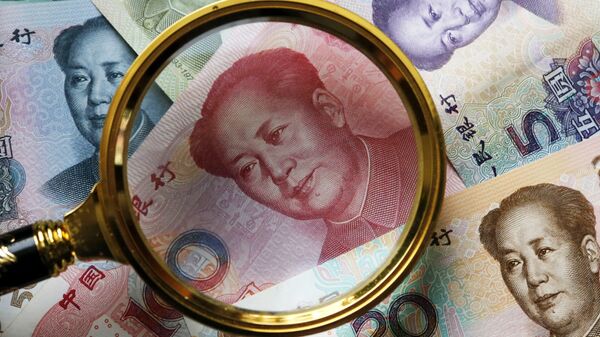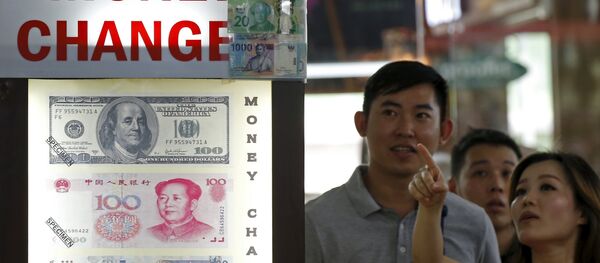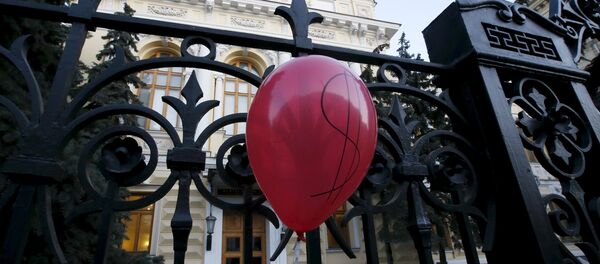In September 2015, China's renminbi was not featured in Russia's foreign currency reserves, but according to the bank's latest report published on July 4, by December 31, 2015 yuan made up 0.1 percent of the bank's foreign currency reserves.
The lion's share of the foreign exchange reserves, unchanged at 47.5 percent, was held in US dollars, followed by 37 percent in euros, and 9.9 percent in UK pound sterling.
In December 2015 Russian Deputy Finance Minister Sergei Storchak told RIA Novosti that the IMF's decision in November 2015 to include the yuan in its basket of reserve currencies gave Russia the option of investing its reserves in yuan-denominated assets.
From October 1, 2016 the yuan will constitute 10.92 percent of the IMF's Special Drawing Rights (SDR), more than the Japanese yen (8.33 percent) or pound sterling (8.09 percent).
"If the Central Bank changes (its policy of investment) then our investment changes accordingly," he said.
Both Russia and China have also been diversifying their assets by investing in gold.
According to a May report from the World Gold Council, China and Russia were the two largest purchasers of gold last year, and continue to accumulate significant quantities.
Between January and March, China purchased 35.1 metric tons, adding to the 103.9 tons bought in the second half of 2015.
Russia increased its gold reserves by 45.8 tons in the first quarter, 52 percent higher than the same period in 2015, when it bought 30.1 tons. Over the course of 2015, Russia's central bank added more than 200 tons of gold to its reserves.




